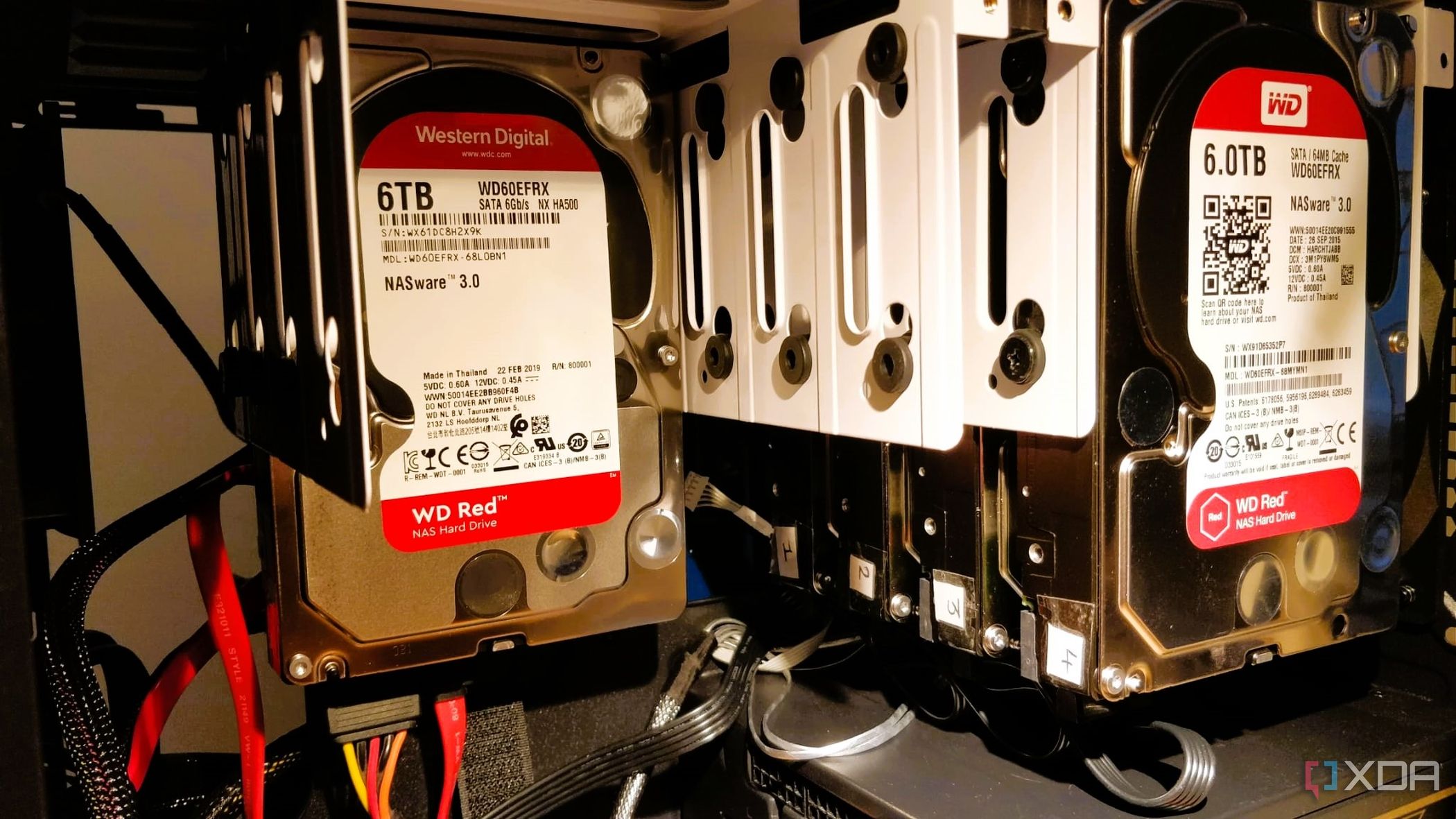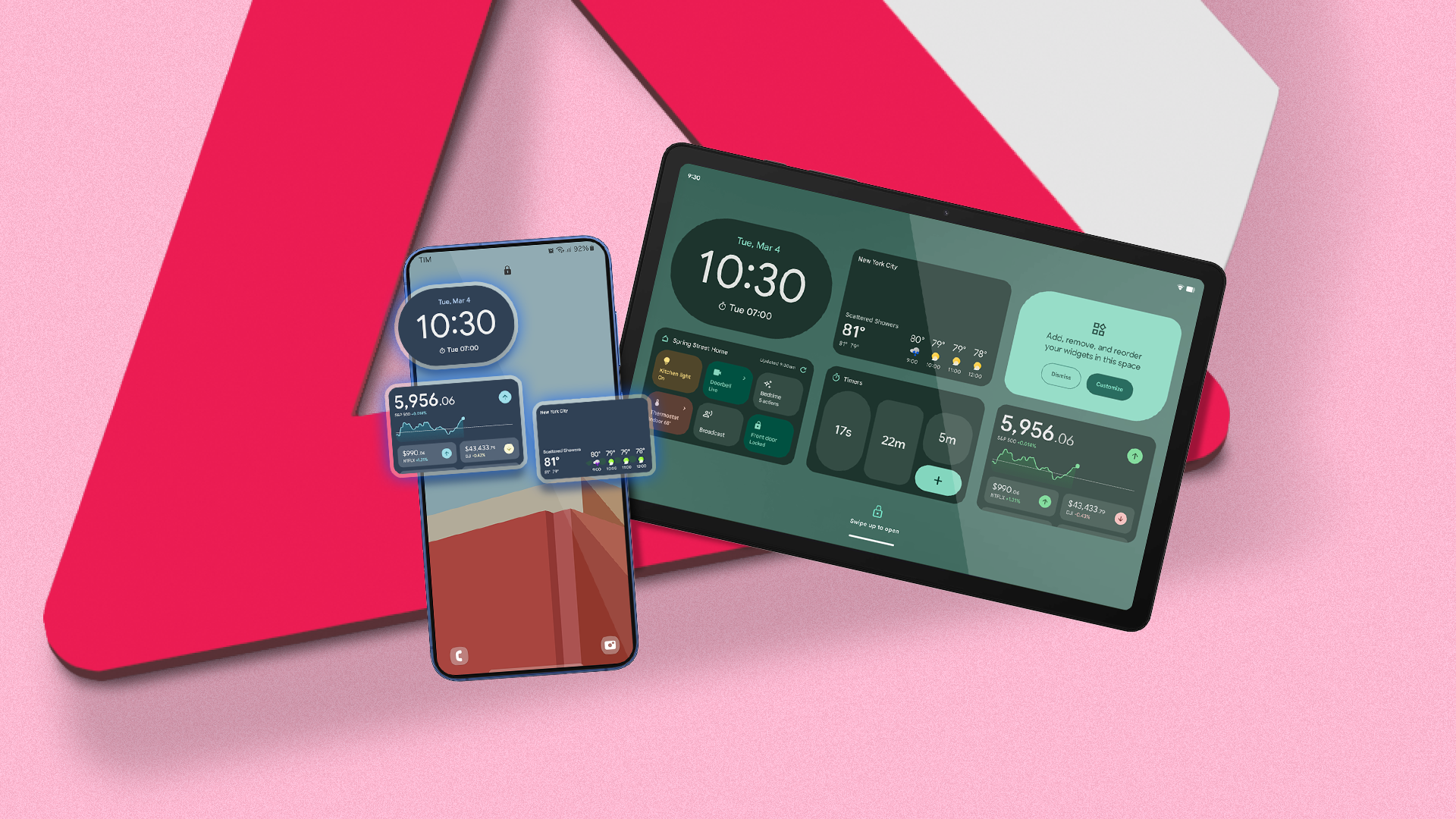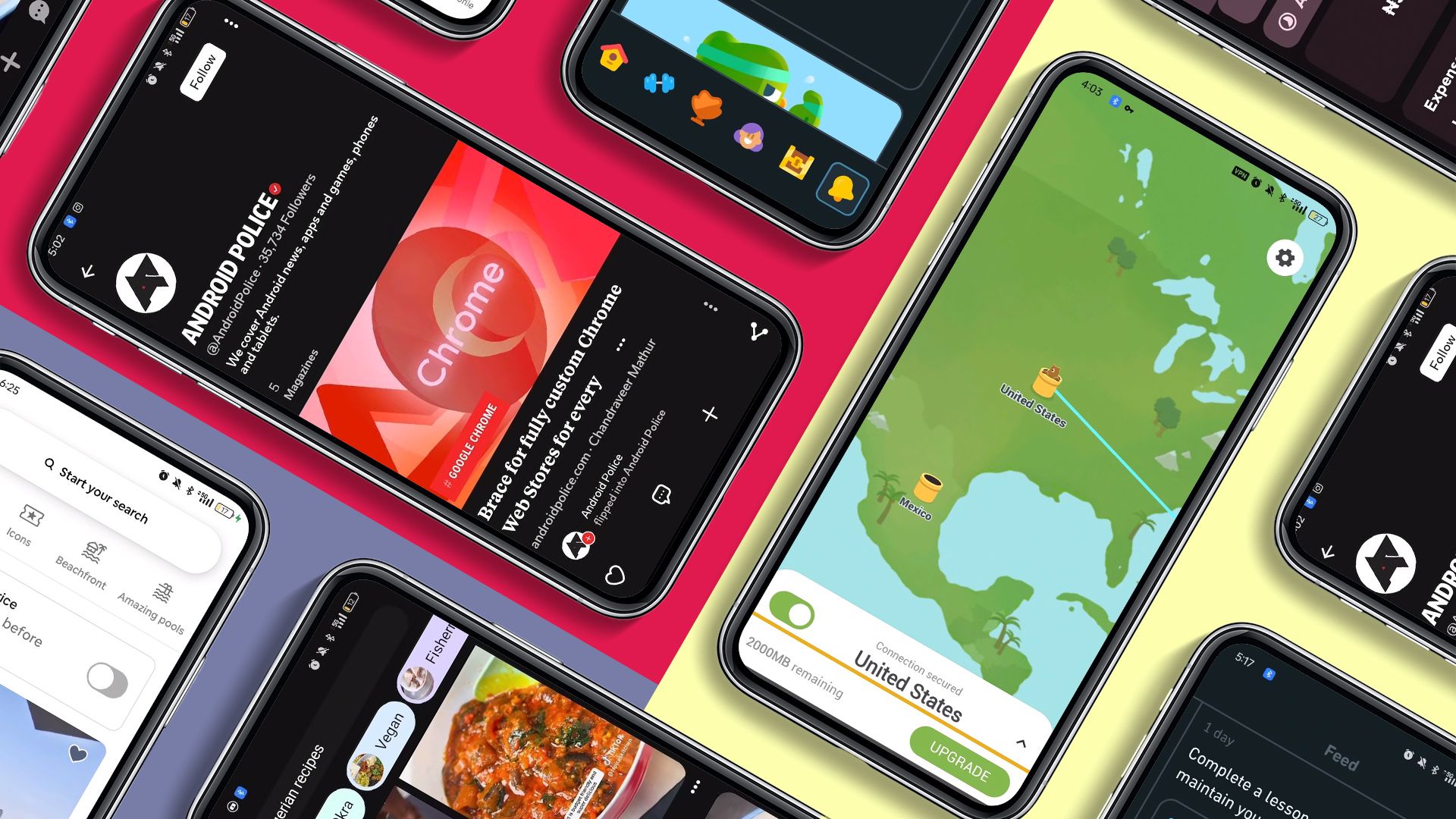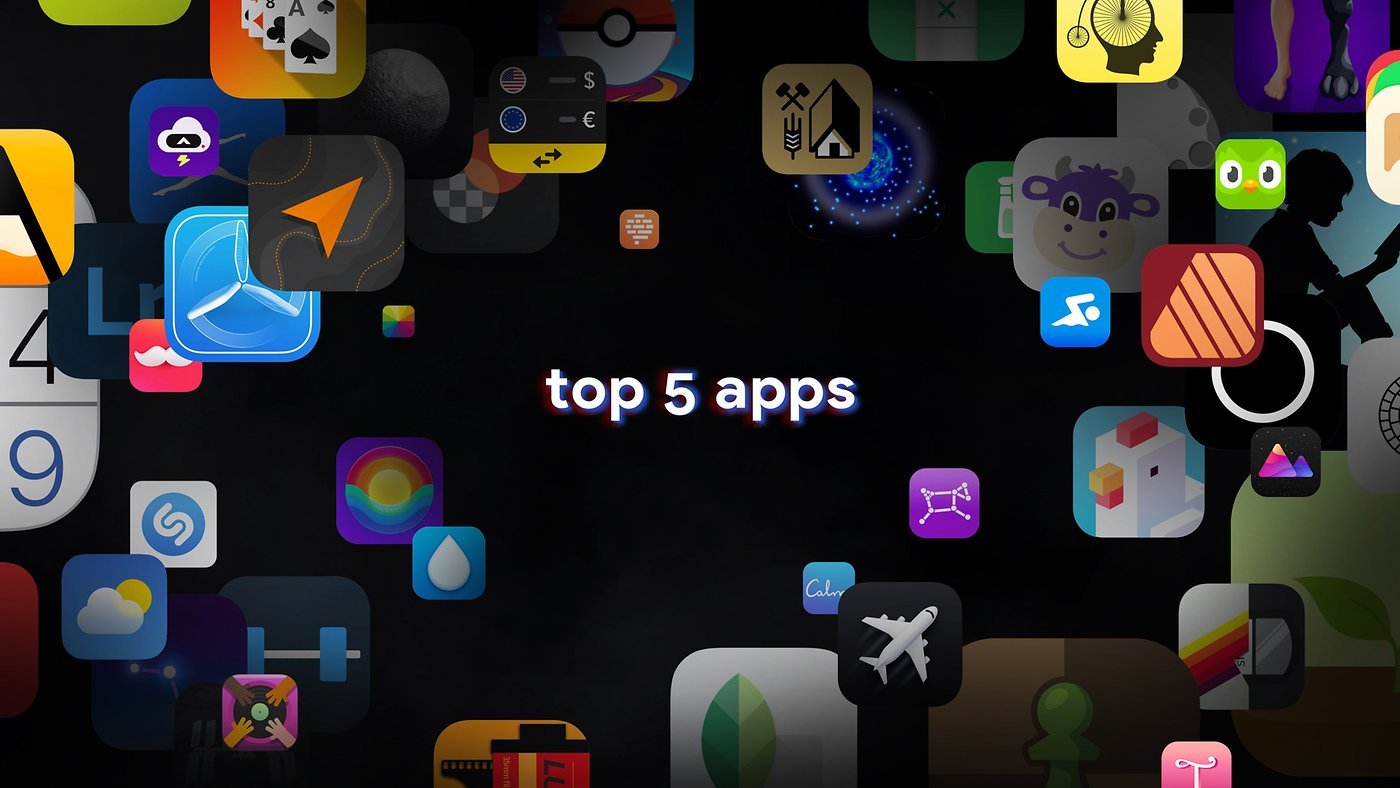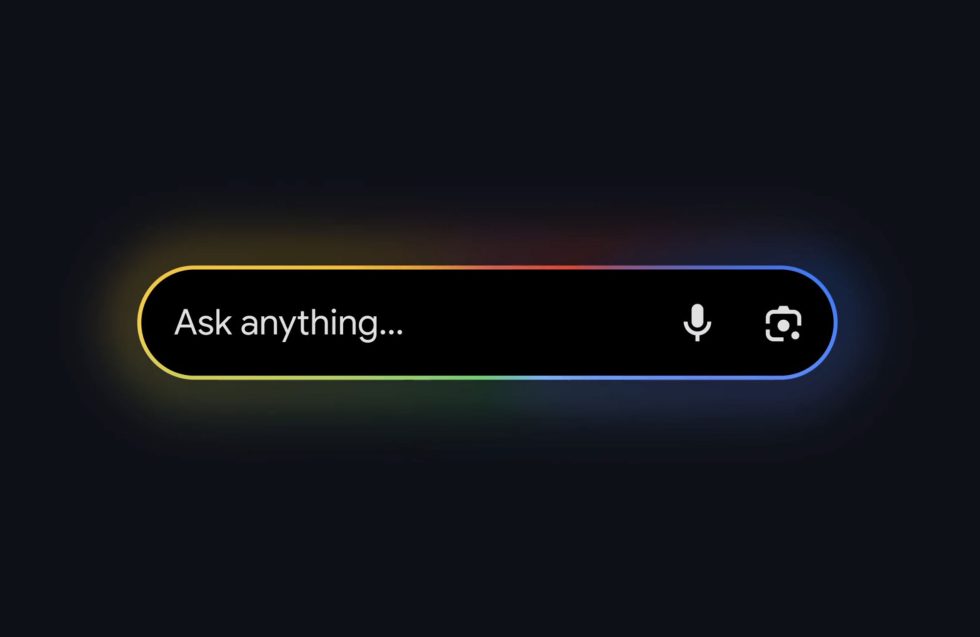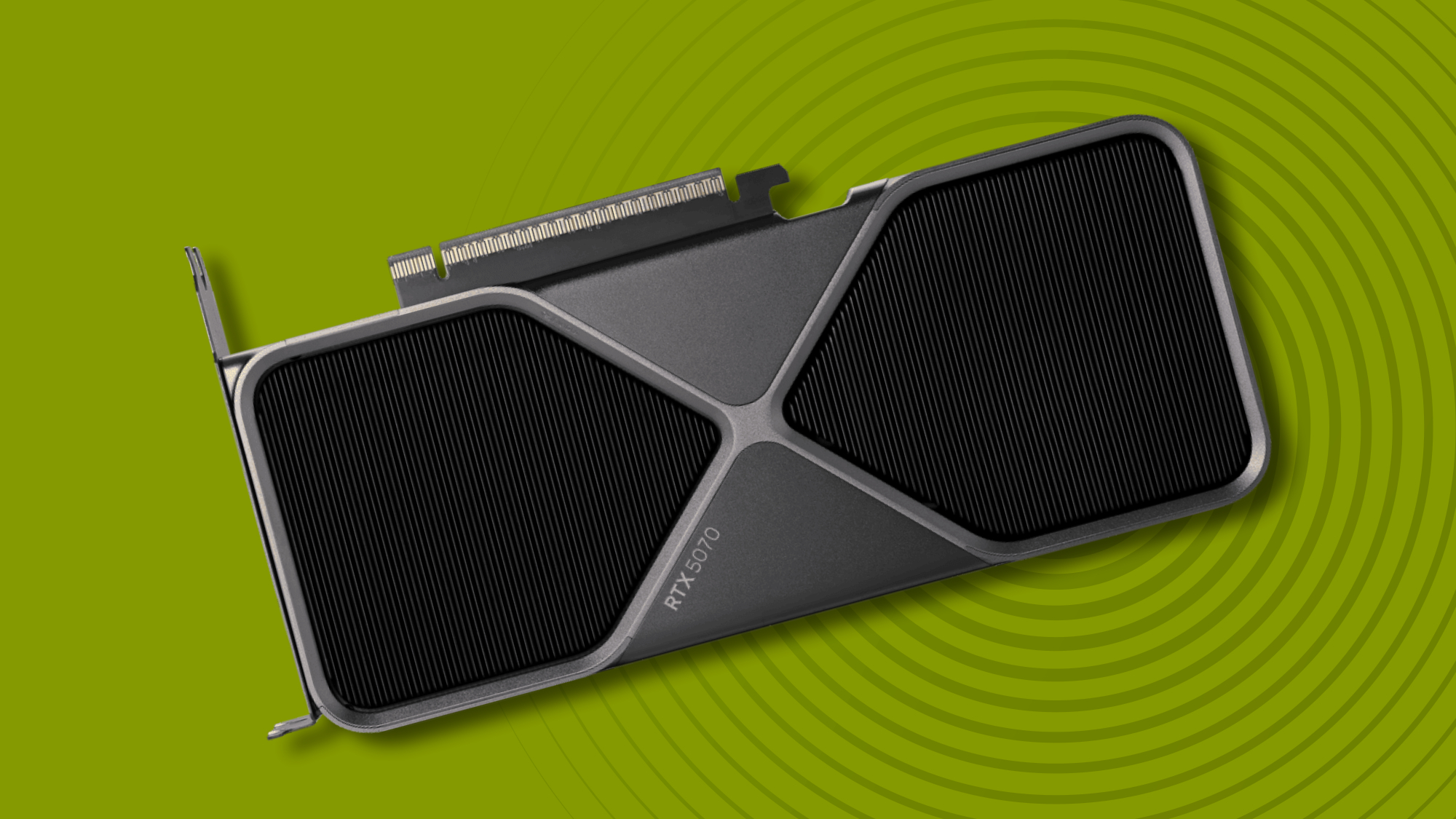How Cloud Computing Supports Android and Web Applications
Android and web applications are everywhere—from social platforms and shopping apps to productivity tools and online games. However, while these apps sit conveniently on our devices, the real engine driving their performance, flexibility, and reach is cloud computing. It’s the invisible force behind smooth updates, instant scalability, and real-time connectivity. For developers, businesses, and even indie app creators, the cloud isn’t just a trend—it’s a game-changer. Powering Everything from Online Shops to Digital Casinos Cloud computing isn’t limited to social media or business tools—it’s the backbone of an incredibly diverse range of platforms, from online retail to cutting-edge entertainment. Some […] The post How Cloud Computing Supports Android and Web Applications appeared first on Phandroid.

Android and web applications are everywhere—from social platforms and shopping apps to productivity tools and online games. However, while these apps sit conveniently on our devices, the real engine driving their performance, flexibility, and reach is cloud computing. It’s the invisible force behind smooth updates, instant scalability, and real-time connectivity. For developers, businesses, and even indie app creators, the cloud isn’t just a trend—it’s a game-changer.
Powering Everything from Online Shops to Digital Casinos
Cloud computing isn’t limited to social media or business tools—it’s the backbone of an incredibly diverse range of platforms, from online retail to cutting-edge entertainment. Some of the best online casinos that are hugely popular for providing generous bonuses, massive game libraries, and support for a wide array of payments that includes crypto, depend on robust cloud infrastructure.
Many of the best platforms are now recommended apps from Techopedia as a part of their professional iGaming reviews. By leveraging cloud power, they are able to ensure smooth gameplay, fast updates, and secure transactions. Whether users are shopping online or spinning slots, it’s the cloud that keeps everything running seamlessly behind the scenes.
Harnessing Cloud AI to Supercharge User Experience
Cloud computing isn’t just about infrastructure—it’s increasingly the backbone of smarter, more personalized app experiences, thanks to built-in AI and machine learning services. Platforms like Google Cloud and AWS now offer pre-trained models that Android and web developers can tap into for voice recognition, image analysis, chatbots, and behavior prediction.
Want your app to recommend playlists based on a user’s mood or recognize spoken commands in real time? The cloud makes that possible without needing your own data science team. Developers can plug into these AI services via APIs, dramatically improving UX while saving time and costs. It’s innovation on demand.
Scaling Like a Pro—Even If You’re Not One
Let’s say your app goes viral. Congrats! But if your infrastructure can’t handle the traffic spike, that success turns into a crash. This is where cloud computing shines.
Cloud platforms like AWS, Azure, and Google Cloud give developers the power to scale up or down instantly and securely, with security being beefed up. No more guessing how much server space you’ll need or worrying about crashes during peak times. Cloud auto-scaling adjusts your resources automatically based on usage. Your app stays fast, stable, and reliable, whether it’s being used by a hundred users or a hundred thousand.
That’s crucial for Android and web apps that can see major user spikes—like a new game feature release or a limited-time offer. The cloud makes scaling stress-free, cost-effective, and automatic.
Cloud Storage = Real-Time Magic
Many of today’s most popular apps are data-hungry. Whether it’s streaming videos, saving user progress, or syncing shopping carts, the cloud makes it all possible. Services like Firebase, Google Cloud Storage, and Amazon S3 offer real-time storage and access.
Say you’ve got a note-taking app. A user types something on their Android phone, and seconds later, it appears on their laptop. That’s cloud storage in action. It keeps everything in sync, secure, and lightning-fast. And developers don’t have to worry about writing complex code to manage this—it’s all baked in.
Cloud storage also helps apps backup user data, manage updates, and recover quickly from issues. It’s reliable, fast, and scales as your user base grows.
CI/CD: Rolling Out Features at Warp Speed
The cloud doesn’t just help run your app—it helps you build and ship it faster. Continuous Integration and Continuous Delivery (CI/CD) are automated pipelines that let developers push out updates without breaking a sweat.
Thanks to tools like GitHub Actions, Bitbucket Pipelines, and CircleCI, developers can test code, squash bugs, and roll out features seamlessly. An Android app update? Done. A new web layout? Live in minutes.
This kind of speed used to be a luxury for big tech companies. Now, with cloud CI/CD tools, any team—no matter the size—can deploy like pros and keep their users happy and engaged.
Remote Teams? No Problem. The Cloud Has Your Back
With cloud computing, developers aren’t tied to an office. They can code, debug, and deploy from anywhere. Tools like GitHub, GitLab, Replit, and cloud-based IDEs let global teams work together like they’re in the same room.
This is a big win for both startups and enterprises. An Android developer in Chicago can team up with a UX designer in Berlin and a QA tester in Manila—and still move faster than a traditional in-house team. The cloud keeps everyone in sync, productive, and focused on what really matters: building great apps.
Testing and Monitoring Apps in Real Time
One of the unsung heroes of cloud computing is how it simplifies testing and monitoring for Android and web applications. Developers can run automated tests across multiple devices, operating systems, and browsers without needing physical hardware. Cloud-based tools like Firebase Test Lab and BrowserStack offer instant feedback on performance, crashes, and compatibility issues.
But it doesn’t stop there—real-time monitoring services like Datadog, New Relic, and CloudWatch give teams live insights into how apps are behaving in the wild. That means bugs get fixed faster, user experiences improve, and developers can focus on shipping features instead of chasing down issues.
Rock-Solid Security Without the Headaches
Security is non-negotiable. Luckily, cloud providers take it seriously. With built-in encryption, access controls, firewalls, and compliance certifications, your Android and web apps stay protected 24/7.
Whether you’re dealing with sensitive user data or running secure transactions, the cloud offers features like two-factor authentication, threat detection, and role-based permissions. Developers can implement high-grade security without having to be cybersecurity experts themselves.
Plus, major platforms like AWS, Google Cloud, and Azure are regularly audited to meet global compliance standards like GDPR and HIPAA. That’s peace of mind built into your infrastructure.
Affordable Power That Grows With You
Maybe you’re a solo developer working on your first app. Maybe you’re a startup about to launch. Either way, the cloud levels the playing field. Pay-as-you-go pricing means you only pay for what you use. No need to drop thousands on servers before you even get a user.
Need to test a new feature? Spin up a temporary environment. Got an app that didn’t work out? Shut it down and walk away—no sunk costs. Cloud providers even offer generous free tiers and startup credits to help you get off the ground. For developers, this means more time-building and less time-budgeting.
The Bottom Line
Cloud computing isn’t just supporting Android and web applications—it’s supercharging them. From backend tools to real-time syncing, global scalability, built-in AI, and ironclad security, the cloud gives developers the tools they need to build smarter, faster, and better.
In the end, whether you’re crafting a sleek Android fitness app, launching a high-traffic web game, or building the next productivity platform, cloud computing is what turns good ideas into powerful, high-performing applications. And the best part? You don’t need a massive budget or team to do it. Just the right tools—and the cloud.
The post How Cloud Computing Supports Android and Web Applications appeared first on Phandroid.










